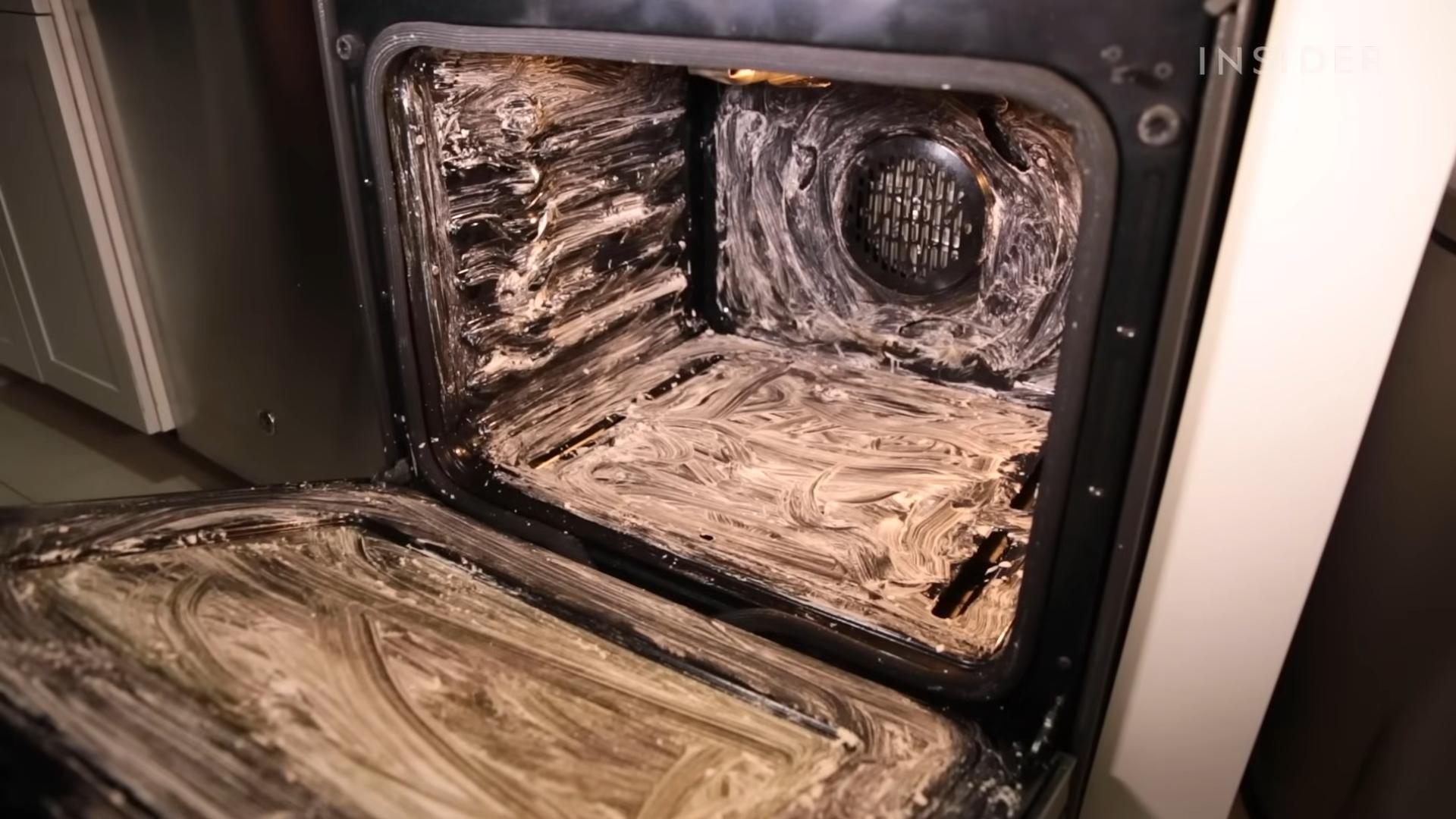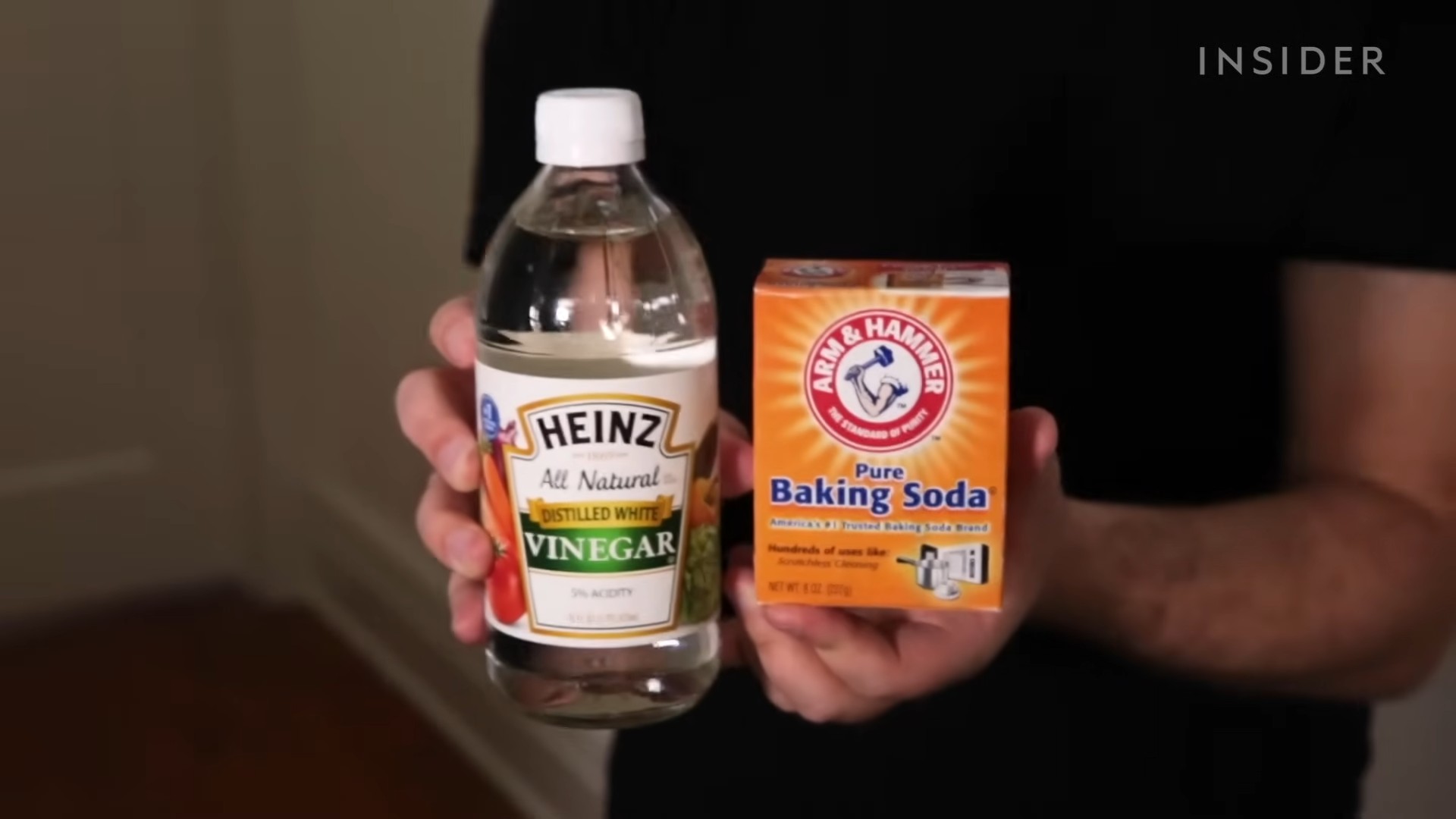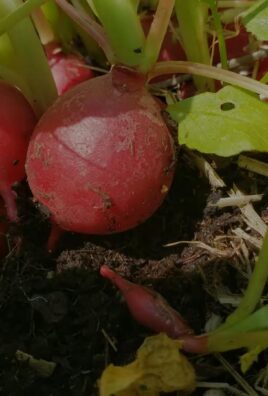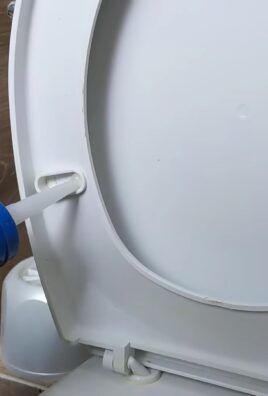Grow Mint Indoors? Absolutely! Imagine stepping into your kitchen and snipping fresh, fragrant mint leaves for your tea, mojito, or that delicious lamb dish you’re planning. No more last-minute grocery store runs or settling for wilted, sad-looking herbs. This DIY guide is your ticket to a thriving indoor mint garden, bringing a touch of freshness and flavor to your home year-round.
Mint has a rich history, dating back to ancient civilizations where it was valued for its medicinal and culinary properties. The Romans, for example, used mint to freshen their breath and flavor their sauces. Today, its popularity continues, and what better way to enjoy this versatile herb than by growing it yourself?
Let’s face it, buying fresh herbs from the store can be expensive and wasteful. They often come in plastic containers and wilt quickly. But with a few simple tricks, you can easily grow mint indoors and have a constant supply of this delightful herb at your fingertips. I’m going to show you how to avoid common pitfalls and create the perfect environment for your mint to flourish, even if you don’t have a green thumb. Get ready to transform your windowsill into a mini mint paradise!

Grow Your Own Mint Magic Indoors!
Okay, so you want fresh, fragrant mint at your fingertips year-round? I get it! Store-bought mint can be pricey and sometimes looks a little sad. Growing your own indoors is surprisingly easy and rewarding. Trust me, even if you don’t have a green thumb, you can totally do this! Here’s my guide to growing mint indoors, broken down into easy-to-follow steps.
Choosing Your Mint Variety
First things first, let’s talk mint types. There are tons of different varieties, each with its own unique flavor and aroma. Here are a few popular choices for indoor growing:
* Peppermint: Classic, strong mint flavor, great for teas and desserts.
* Spearmint: Milder, sweeter flavor, perfect for mojitos and sauces.
* Chocolate Mint: A fun twist with a hint of chocolate, delicious in desserts and drinks.
* Apple Mint: Fruity and refreshing, adds a unique flavor to salads and beverages.
I recommend starting with peppermint or spearmint, as they’re generally the easiest to grow. Once you get the hang of it, you can experiment with other varieties!
Gathering Your Supplies
Before we dive into the planting process, let’s make sure you have everything you need. Here’s your shopping list:
* Mint Seeds or Cuttings: You can start from seeds, but I find it easier and faster to use cuttings from an existing mint plant. Ask a friend or neighbor if they have some you can snip!
* Pot: Choose a pot that’s at least 6 inches in diameter and has drainage holes. Mint likes to spread, so a slightly larger pot is better.
* Potting Mix: Use a good-quality potting mix that’s well-draining. Avoid using garden soil, as it can be too heavy and compact.
* Watering Can or Spray Bottle: For gentle watering.
* Grow Light (Optional): If you don’t have a sunny windowsill, a grow light will help your mint thrive.
* Scissors or Pruning Shears: For taking cuttings and trimming your mint plant.
* Rooting Hormone (Optional): This can help cuttings root faster, but it’s not essential.
Planting Your Mint
Okay, let’s get our hands dirty! Here’s how to plant your mint, whether you’re starting from seeds or cuttings:
Starting from Seeds:
1. Prepare the Pot: Fill your pot with potting mix, leaving about an inch of space at the top. Gently pat down the soil.
2. Sow the Seeds: Sprinkle the mint seeds evenly over the surface of the soil. They’re tiny, so don’t overdo it!
3. Cover the Seeds: Lightly cover the seeds with a thin layer of potting mix.
4. Water Gently: Use a spray bottle to mist the soil until it’s evenly moist. Be careful not to overwater.
5. Cover with Plastic Wrap (Optional): Covering the pot with plastic wrap will help retain moisture and speed up germination. Remove the plastic wrap once the seedlings emerge.
6. Place in a Sunny Location: Place the pot in a warm, sunny location or under a grow light.
7. Wait Patiently: Mint seeds can take anywhere from 10 to 20 days to germinate. Keep the soil consistently moist during this time.
Starting from Cuttings:
1. Take Cuttings: Using clean scissors or pruning shears, take cuttings from a healthy mint plant. Cut stems that are about 4-6 inches long, just below a leaf node (the point where leaves grow from the stem).
2. Remove Lower Leaves: Remove the leaves from the bottom inch or two of the cutting. This will expose the nodes, where roots will grow.
3. Rooting Hormone (Optional): Dip the cut end of the cutting in rooting hormone powder. This will encourage faster root growth.
4. Plant the Cuttings: Make a small hole in the potting mix with your finger or a pencil. Insert the cutting into the hole, making sure the exposed nodes are buried in the soil.
5. Water Gently: Water the cuttings gently until the soil is moist.
6. Cover with Plastic Bag (Optional): Place a clear plastic bag over the pot to create a humid environment. This will help the cuttings root. Remove the bag for an hour or two each day to prevent mold growth.
7. Place in a Bright Location: Place the pot in a bright, indirect light location. Avoid direct sunlight, which can scorch the cuttings.
8. Wait for Roots to Develop: It usually takes about 2-4 weeks for roots to develop. You’ll know the cuttings have rooted when you see new growth.
Caring for Your Indoor Mint
Now that your mint is planted, it’s time to learn how to keep it happy and healthy. Here are some essential care tips:
* Light: Mint needs plenty of light to thrive. Aim for at least 6 hours of direct sunlight per day. If you don’t have a sunny windowsill, use a grow light.
* Watering: Keep the soil consistently moist, but not soggy. Water when the top inch of soil feels dry to the touch. Avoid overwatering, which can lead to root rot.
* Humidity: Mint prefers a humid environment. If your home is dry, you can increase humidity by misting the plant regularly or placing a tray of water near the pot.
* Fertilizing: Feed your mint plant with a balanced liquid fertilizer every 2-4 weeks during the growing season (spring and summer).
* Pruning: Regular pruning is essential for keeping your mint plant bushy and productive. Pinch off the top leaves of the stems to encourage branching. You can also harvest leaves as needed for cooking and teas.
* Pest Control: Keep an eye out for pests like aphids and spider mites. If you spot any, treat them with insecticidal soap or neem oil.
* Repotting: Mint grows quickly, so you may need to repot it into a larger container every year or two. Choose a pot that’s at least 2 inches larger in diameter than the current pot.
Harvesting Your Mint
The best part about growing your own mint is being able to harvest fresh leaves whenever you need them! Here’s how to harvest your mint:
1. Choose Healthy Leaves: Select healthy, vibrant green leaves for harvesting.
2. Cut the Stems: Use scissors or pruning shears to cut the stems just above a leaf node.
3. Harvest Regularly: Harvesting regularly will encourage your mint plant to grow bushier and produce more leaves.
4. Use Fresh or Dried: You can use the harvested mint leaves fresh or dry them for later use. To dry mint, hang the stems upside down in a cool, dry place until the leaves are brittle.
Troubleshooting Common Problems
Even with the best care, you might encounter some problems while growing mint indoors. Here are some common issues and how to fix them:
* Yellowing Leaves: This can be caused by overwatering, underwatering, or nutrient deficiencies. Adjust your watering schedule and fertilize your plant if needed.
* Leggy Growth: This is usually a sign of insufficient light. Move your plant to a sunnier location or use a grow light.
* Pests: As mentioned earlier, aphids and spider mites are common pests of mint. Treat them with insecticidal soap or neem oil.
* Root Rot: This is caused by overwatering and poor drainage. Make sure your pot has drainage holes and avoid overwatering. If your plant has root rot, you may need to repot it in fresh potting mix.
Enjoy Your Fresh Mint!
And there you have it! You’re now equipped with the knowledge to grow your own mint indoors. With a little care and attention, you’ll have a constant supply of fresh, fragrant mint for all your culinary and beverage needs. Enjoy!

Conclusion
So, there you have it! Growing mint indoors is not only achievable, but it’s also incredibly rewarding. Imagine having fresh, fragrant mint readily available whenever you need it – for a refreshing mojito, a flavorful tagine, or a soothing cup of tea. No more last-minute trips to the grocery store or settling for wilted, lackluster herbs. This simple DIY trick transforms your kitchen into a miniature herb garden, bringing a touch of green and a burst of flavor into your daily life.
Why is this a must-try? Because it’s economical, sustainable, and incredibly satisfying. Think about the money you’ll save by not buying pre-packaged mint. Consider the environmental impact of reducing your reliance on commercially grown herbs. And, most importantly, relish the joy of nurturing something from a small cutting into a thriving plant. The satisfaction of using your own homegrown mint in your culinary creations is unparalleled.
But the fun doesn’t stop there! Feel free to experiment with different varieties of mint. Peppermint, spearmint, chocolate mint – the possibilities are endless! You can also try different containers, from repurposed mason jars to stylish ceramic pots. Just remember to ensure adequate drainage and sunlight for optimal growth. Consider using a grow light if you live in an area with limited natural light, especially during the winter months. You can also propagate your mint plants to create even more greenery. Simply take cuttings from your existing plant and root them in water or directly in soil.
Don’t be intimidated if you’ve never grown herbs indoors before. This DIY trick is beginner-friendly and requires minimal effort. With a little patience and attention, you’ll be enjoying fresh mint in no time. We encourage you to give it a try and discover the joys of indoor gardening.
Ready to embark on your indoor mint-growing adventure? We’re confident that you’ll be amazed by the results. And remember, the key to successful indoor gardening is observation. Pay attention to your mint plant’s needs, adjust your watering schedule as needed, and don’t be afraid to experiment.
We’d love to hear about your experiences! Share your photos, tips, and questions in the comments below. Let’s create a community of indoor gardeners and inspire each other to grow our own fresh herbs. So, grab a mint cutting, find a sunny spot, and get ready to enjoy the delightful aroma and flavor of homegrown mint. Start growing mint indoors today and experience the difference!
Frequently Asked Questions (FAQ)
1. What kind of mint is best for growing indoors?
While you can grow almost any variety of mint indoors, some are better suited than others. Spearmint and peppermint are popular choices due to their robust growth and versatility in culinary applications. Chocolate mint and apple mint are also excellent options, offering unique flavors and aromas. Consider the size of your container when choosing a variety, as some mint plants can become quite large. Ultimately, the best mint for you depends on your personal preferences and how you plan to use it.
2. How much sunlight does indoor mint need?
Mint thrives in bright, indirect sunlight. Aim for at least 6 hours of sunlight per day. A south-facing window is ideal, but an east- or west-facing window can also work. If you don’t have access to enough natural light, consider using a grow light. Position the grow light about 6-12 inches above the plant and leave it on for 12-16 hours per day. Insufficient light can lead to leggy growth and a lack of flavor.
3. How often should I water my indoor mint plant?
Water your mint plant when the top inch of soil feels dry to the touch. Avoid overwatering, as this can lead to root rot. Ensure that your container has adequate drainage to prevent water from pooling at the bottom. During the warmer months, you may need to water more frequently than during the cooler months. Check the soil moisture regularly and adjust your watering schedule accordingly.
4. What kind of soil is best for growing mint indoors?
Mint prefers well-draining soil that is rich in organic matter. A good potting mix for mint is a combination of peat moss, perlite, and vermiculite. You can also add compost or other organic amendments to improve the soil’s fertility. Avoid using heavy clay soil, as it can retain too much moisture and lead to root rot.
5. How do I propagate mint from cuttings?
Propagating mint from cuttings is a simple and effective way to create new plants. Take a cutting that is about 4-6 inches long from a healthy stem. Remove the leaves from the bottom inch of the cutting. Place the cutting in a glass of water, ensuring that the bottom nodes are submerged. Roots should begin to form within a week or two. Once the roots are about an inch long, you can transplant the cutting into a pot filled with well-draining soil. Alternatively, you can dip the cut end in rooting hormone and plant directly into soil.
6. How do I prevent my indoor mint from becoming leggy?
Leggy growth is often a sign of insufficient light. Ensure that your mint plant is receiving enough sunlight or supplement with a grow light. You can also pinch back the stems regularly to encourage bushier growth. Pinching involves removing the tips of the stems, which promotes branching and prevents the plant from becoming too tall and spindly.
7. How do I harvest mint leaves?
Harvest mint leaves by pinching or cutting off stems just above a leaf node. This will encourage the plant to produce new growth. You can harvest leaves as needed throughout the growing season. Avoid harvesting more than one-third of the plant at a time, as this can stress the plant.
8. What are some common pests and diseases that affect indoor mint?
Common pests that can affect indoor mint include aphids, spider mites, and whiteflies. These pests can be controlled with insecticidal soap or neem oil. Overwatering can lead to fungal diseases such as root rot. Ensure that your plant has adequate drainage and avoid overwatering to prevent these problems.
9. Can I grow mint indoors year-round?
Yes, you can grow mint indoors year-round with proper care. Provide adequate light, water, and nutrients, and your mint plant will thrive even during the winter months. You may need to adjust your watering schedule and lighting depending on the season.
10. How do I encourage my mint plant to produce more leaves?
Regular harvesting and pinching back the stems will encourage your mint plant to produce more leaves. Fertilize your plant every few weeks with a balanced liquid fertilizer. Ensure that your plant is receiving enough sunlight and water. By providing the right conditions, you can encourage your mint plant to grow vigorously and produce an abundance of flavorful leaves.




Leave a Comment